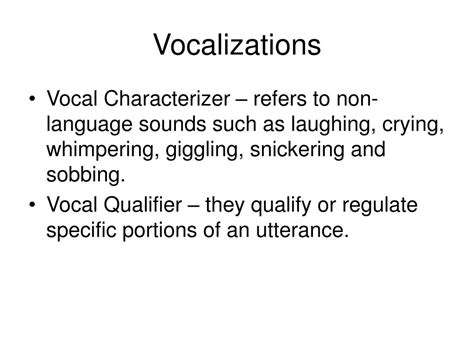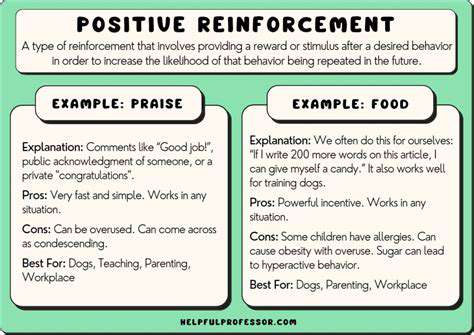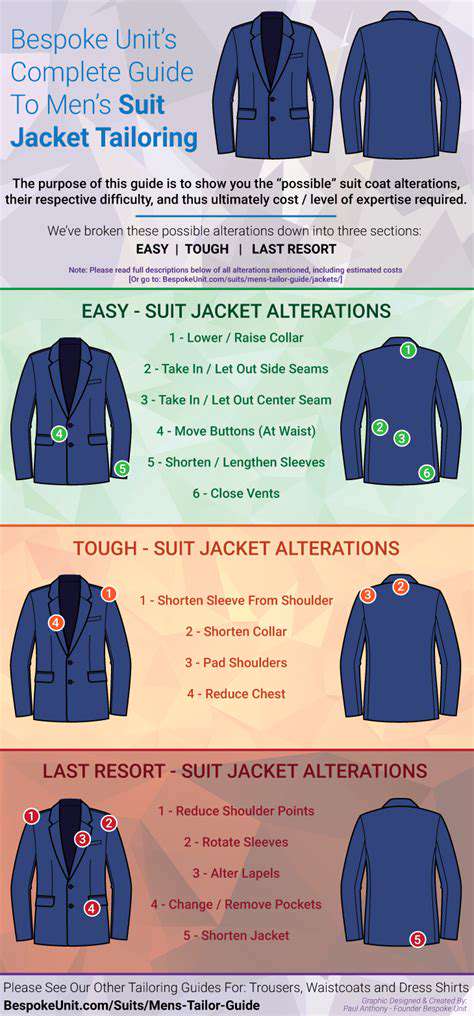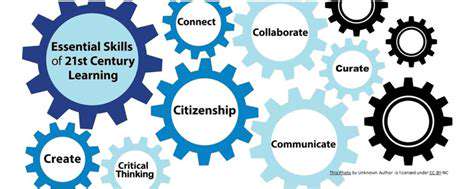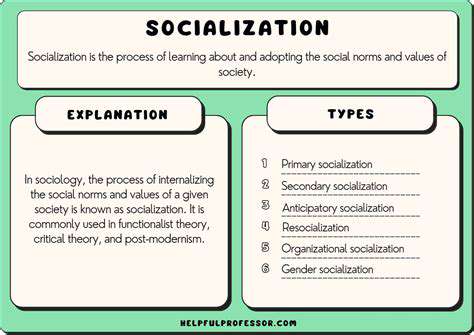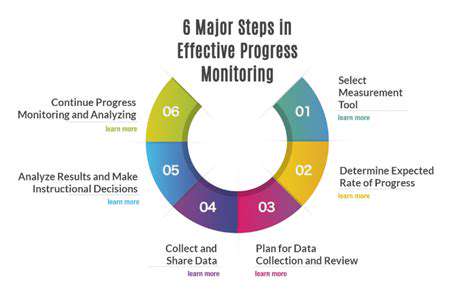Capturing the Sit: Rewarding Your Puppy's Natural Sitting Behavior
Understanding Puppy Sitting Behavior and Training Techniques
Key Insights
- Puppy body language reveals emotional states during sitting
- Effective training strengthens human-canine communication
- Observation and strategic rewards enhance natural behaviors
- Consistent practice develops reliable responses over time
- Environmental management supports successful learning
Decoding Natural Sitting Patterns
Interpreting Canine Body Signals
Puppies communicate volumes through physical cues during sitting. A relaxed posture with gently waving tail typically indicates contentment, while stiffness combined with lowered ears often signals discomfort. The angle of their hips and paw positioning can further reveal whether they're settling comfortably or preparing to move.
Owners should note how their puppy's sitting habits change in different contexts. For example, some may naturally sit when anticipating food, while others use this position to observe their surroundings. Tracking these patterns helps identify the best training opportunities.
Practical Benefits of Sit Training
Mastering the sit command creates multiple advantages for daily life. This fundamental skill helps manage excitement during greetings and establishes clear communication channels. When practiced consistently, it becomes an invaluable tool for navigating public spaces and preventing jumping behaviors.
Beyond immediate obedience, the training process strengthens the owner-puppy bond through positive interactions. Regular practice sessions also provide mental stimulation that can reduce destructive chewing and other attention-seeking behaviors.
Encouraging Voluntary Sitting
Capitalize on natural sitting moments by:
- Observing when your puppy chooses to sit independently
- Marking the behavior with a distinct sound (clicker or verbal marker)
- Offering rewards that match their current motivation level
Gradually introduce a hand signal or verbal cue just before anticipated sitting moments. This helps create intentional association between the command and action.
Common Training Pitfalls
Many owners unintentionally undermine progress by:
- Repeating commands multiple times
- Using varying reward systems
- Training in overly stimulating environments
Consistency in timing and expectations proves crucial. If multiple family members participate in training, maintain standardized commands and reward criteria to prevent confusion.
When to Consult Experts
Seek professional guidance if your puppy:
- Consistently avoids sitting on any surface type
- Shows signs of physical discomfort during sitting
- Displays fear responses to training tools
Certified trainers can identify subtle issues owners might overlook, such as underlying health concerns or misunderstood communication signals.
Strategic Reward Implementation
Identifying Motivational Drivers
Every puppy has unique preferences that influence training success. While food rewards work for many, some respond better to toy-based reinforcement or verbal praise. Conduct preference tests by offering different reward types and observing engagement levels.

Optimal Reward Timing
The three-second rule applies to effective reinforcement:
| Time Frame | Effectiveness |
|---|---|
| 0-2 seconds | Strongest association |
| 3-5 seconds | Moderate association |
| 6+ seconds | Weak association |
Practice delivering rewards swiftly while maintaining clear communication. Use a marker word like Yes! to bridge the gap between action and reward.
Sustaining Training Momentum
Creating Effective Practice Routines
Implement short, frequent sessions (3-5 minutes) throughout the day rather than marathon training. Incorporate sitting practice into daily activities:
- Before meal times
- When attaching the leash
- During play pauses
This approach helps puppies generalize the command across different contexts while maintaining engagement.
Progress Tracking Methods
Maintain a simple log to monitor development:
Date | Distraction Level | Response Speed | Notes-----|------------------|----------------|-------8/1 | Low (quiet room) | 2 seconds | Used hand signal only8/2 | Medium (TV on) | 4 seconds | Required verbal reminder
This documentation helps identify patterns and adjust difficulty levels appropriately.
Essential Training Principles
Building Reliable Responses
Three pillars of command consistency:
- Identical verbal cues across all trainers
- Standardized hand signals
- Uniform reward criteria
Varying any of these elements can delay learning progress and confuse puppies.
Progressive Challenge Implementation
Once mastered in quiet environments, gradually introduce:
- Mild distractions (rolling ball)
- Increased distance from handler
- Different surface types (grass, tile)
Always return to easier versions if the puppy struggles, ensuring continued success experiences.
Training Philosophy
Cultivating Effective Practice Sessions
Quality over quantity defines successful training. Focus on:
- Clear communication
- Appropriate challenge levels
- Positive conclusion points
End sessions while the puppy remains engaged rather than waiting for frustration or fatigue.
Embracing the Learning Process
Remember that puppies:
- Have brief attention spans
- Experience daily developmental changes
- Require patience during growth phases
Celebrate small victories and adjust expectations based on individual progress rates. Consistent, positive interactions yield the best long-term results in canine behavior training.
